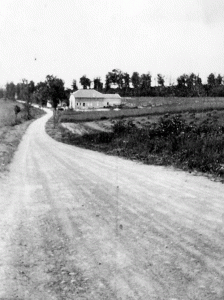
Montfaucon, France,
October 12–17, 1918
McKinley’s outfit arrived in the vicinity of Montfaucon on October 12. They suffered casualties from the heavy shelling of enemy guns the next day. That evening the 11th Infantry took up a position around Ferme de la Madeleine.
At the Battle of Romagne-sous-Montfaucon (October 14–17), the Americans launched a series of costly frontal assaults that finally broke through the main German defences of the Hindenburg Line.
The enemy waiting until the forward movement is commenced, throws down a terrific barrage upon our front so that the division going ‘over the top’ at daylight (October 14th) with the 9th Brigade (60th and 61st Infantry) on the right, and the 10th brigade, 6th and 11th Infantry on the left, is immediately plunged into a perfect storm of shell fire which inflicts heavy casualties in its ranks at the very outset of the advance.—Moss and Howland, p. 287.
McKinley is Hit
It was our [11th Infantry’s] first day in the Argonne drive and we went over at 8 the morning of the 14th of October. We hadn’t gone far when we were held up by the German machine guns. They [Germans] were firing on us from three different directions and there wasn’t enough of the boys left to advance farther so we were forced to stop and dig in.
The Corporal of his squad being a casualty, [I] made [McKinley] Austin as I knew him, Squad leader and when we reached the hill which was Madelaine Farm, the German’s made it so hot for us we could not advance further. So I directed him to put his gun into action on the west of the hill.
Then I went on seeing the other gun put into action which was even more perilous and came back. Seeing him on the side of the hill I asked him if he had the gun in action. He said, no. He came back for a shovel. I paid no more attention to him then and went on to report to Capt. Dashiell who was killed later.—Sgt. John Popp letter.
At Madelaine Farm after this company had gained its first objective, [Mac] was put in command of the 6th squad (acting as corporal). In order to consolidate the position and to prevent a successful German counter-attack, [Mac] took his machine gun and his squad of men forward to a shell hole.
It was a dangerous mission for artillery and machine gun fire was heavy. Finding the hole not deep enough to provide cover for the gun and all the men, he returned to the trench and obtained a shovel. Most any other man in his position would have sent one of the men of the squad back for the shovel, but [Mac] chose to run the danger himself.—Letter from Allen Maxwell; Captain 11th Infantry Commanding Company.
The first thing we did was to get our machine guns placed in case of a counter-attack. It was while engaged in this that McKinley was shot. A shell hole a little advanced was selected so as to allow no dead space. [McKinley] made a dash for the hole and saw he was about to fall into it. The Germans opened up with a machine gun and one of the bullets hit him…and he fell.—Harold Fraley letter.
On the return trip to the shell hole he was struck in the breast by a machine gun bullet and although badly wounded, he continued forward and gave the shovel to his squad, who then dug in and held their position.—Cap. Allen Maxwell letter.
Looking around, I seen your son [Mac] fall forward into the hole he was placing the gun in. Running over to him, I asked him where he was hit. He said stomach. So I pulled him back off the crest of the hill, bandaged him and placed him in a hole and covered him up with blankets where he died a few hours later.
He was the best gunner we had in the Company and his loss meant much to those who had to depend on him to keep the German’s head down.—Sgt. John G. Popp letter.
We saw him fall. As the way in which he fell was queer we called to him and asked if he was hit. He told us he was, and we immediately made a rush for the hole.
Well we got him out all right and brought him back down the hill a piece and applied first aid. The only words he uttered was “It’s hell boys.” He never made a groan and just drew his legs up a little, I suppose to ease the pain.
We wrapped him up in a blanket and he died within an hour. There was nothing removed from his body as long as I was there which was about two days, when I was hit in the leg and went to the hospital.—Harold Fraley letter.
During a lull in the fighting, Mac was brought back to the trenches for Medical Aid. All efforts were in vain and about an hour later, he passed away. He realized that his wound was fatal and took the knowledge like a man and like a soldier, never once complaining and only regretting that he would be unable to fight on.—Cap. Allen B. Maxwell letter.
Mortimer McKinley Austin was killed October 14th in the Argonne Forest Drive. He was killed near a small town called Cunel. I was with him when he died. But was wounded later in the day…Chaplain McVeigh was in charge of the burying party.—Lt. G.L. Edwards, 11th Infantry.
The fighting was fierce and I guess it was more luck than anything else that I got out alive. We went in with about a 170 men and came out with something like 25 or 30 of the original number.—Harold Fraley letter.
It would be November 17th before Mort and Jennie Austin heard about their son McKinley’s death, at Madeleine Farm, France. The Austins would first be told that McKinley died on October 21, 1918. The date would later be changed to October 14, 1918.
The 11th Infantry went “over” the morning of October 14, and remained in action continuously until October 22, when the regiment moved into support position.—Sgt. John Popp.


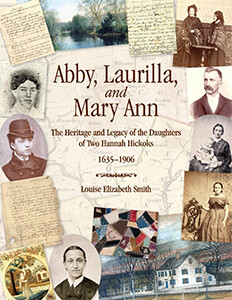
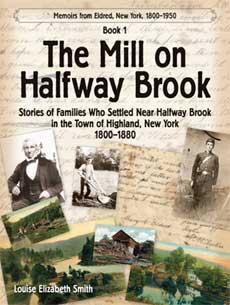
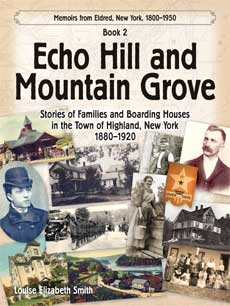
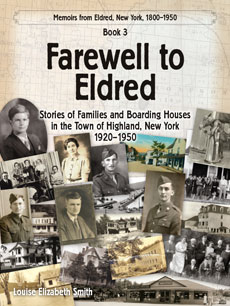
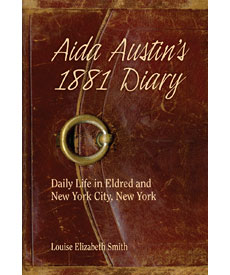

Thank you so much for your comment John. I never thought that the same farmhouse would be there today. And I am glad for more specific location information.
You must be very proud of your grandfather. As I am of my uncle McKinley Austin mentioned in this post.
I am wondering if you have ever heard of Sgt. John Popp?
I assume you saw http://halfwaybrook.com/?p=4164 and http://halfwaybrook.com/?p=4254 —the postcards of Romagne-sous-Montfaucon.
Montfaucon, as used in this article, is more properly called Romagne-sous-Montfaucon.
It is about 3.4 km (1.7 miles) west of Cunel.
Madeleine Farm is located at about (N 49.318913° E 5.121088°) between Cunel and Nantillois along D15.
You can tell youre looking at the same farmhouse—in Google Earth, you can use Street View to get a modern look. The B and W photo above is taken looking north (Nantillois is behind, Cunel in front of the photographer.) If you navigate to (49.316688°, 5.121204°) in GE, then go into Street View, the resulting image is very similar to the 1923 photo. The only major differences are the red and white barn on the west end and the long building on the east end.
My granddad, John A. Focht Sr. was in the 315th Engineers Company B and served in this area. He was awarded the Distinguished Service Cross for valor in a battle at Madeleine farm on October 27, 1918.
http://projects.militarytimes.com/citations-medals-awards/recipient.php?recipientid=11924"